You're shopping for the best Android TVs the market currently has to offer. But "best" can be subjective. For example, is 4K enough, or do you want specific perks like HDMI 2.1, Dolby Vision/Atmos, or local dimming zones? Do you want an LCD or an OLED? Are you OK with the old Android TV OS, or do you want an upgrade to Google TV? Most importantly, what's your budget? We've gathered our top picks to appeal to as wide an audience as possible, so you'll find the choice that's right for you.
What are the best Android TVs?
Overall, the Hisense H9G Quantum Series is the best Android TV you can buy in 2021. The television has an excellent 4K ULED display, HDR and Dolby Vision support, and a modern design with plenty of HDMI ports. Even better, you get all of this for an outstanding price.
Budget shoppers who see 4K as more than enough should consider the TCL 4-Series for their next Android TV. It's one of the more affordable picks on this list, but still looks pretty stellar for its low price.
Or, on the flip side, the Sony A80J could easily be considered the "best" Android TV for its impressive specs and color performance, but you'll have to spend a lot more to get one.
Hisense U8G Quantum
The best Android TV overall
Bottom line: Hisense knocked it out of the park with the U8G. This TV looks amazing, has ample features, and comes in at a reasonable price.
Pros:
- Sleek design with small bezels
- Gorgeous 4K picture
- 120Hz refresh rate
- Four HDMI ports
- Works with both Assistant and Alexa
Cons:
- High energy usage
- Only two sizes available
There are many Android TVs to choose from, but the Hisense U8G Quantum Series shines as the best overall pick among everything out there. It's not the most technically impressive television you can find, but it has the best mix of everything when looking at its features, specs, and value. It may sound a bit counter-intuitive, but the H8G series actually acts as an upgrade for the Hisense H9G Series that launched in 2020, but we're here for newer versions despite odd naming monikers.
First thing's first, the U8G has a sleek and modern design. Between the metal feet for the base and slimmer bezels, it's a nice overall package that feels more sophisticated and refined. It comes in two sizes (55 and 65 inches), offers four HDMI ports, and supports a glorious 4K picture with HDR and Dolby Vision. If you plan on getting a PS5 or Xbox Series X, the native 120Hz screen means you'll be able to game at 120fps with supported titles.
One of the best aspects of the H9G is that its brightness automatically adjusts based on the room. When it's really dark, the screen automatically dims down. When it's bright and sunny, the brightness is cranked up. In day-to-day use, it makes using the H9G so much more convenient. We also really like the hands-free Google Assistant feature, which allows you to say "Hey Google" at any time and have the U8G respond — even when the screen is off!
Best Android TV overall
Hisense U8G Quantum
Out of all the Android TVs out there, the Hisense U8G Quantum offers the best features and specs at a reasonable price.
Sony X80J
The best alternative Android TV
Bottom line: Not entirely sold on what the U8G has to offer? Sony's X80J is another great option. But, again, there are different size options to choose from, it's more energy-efficient, and the picture is gorgeous.
Pros:
- Gorgeous image quality
- Available in a ton of sizes
- Sleek, modern design
- Google TV included
Cons:
- No local dimming
If you don't think the Hisense U8G Quantum will be a good fit for you, another solid alternative for the best Android TV is the Sony X80J. This is a slightly less premium television, and while that does mean a lower price, the added value could be worth it for some buyers. Plus, it's updated with Google TV, which even our top pick doesn't have just yet.
The Sony X800H is a 4K LED television with HDR and Dolby Vision. It features Sony's Triluminos Display technology for broader and more vibrant colors, along with the X-Reality PRO engine that helps upscale HD content to 4K. Powering all of this is the Sony X1 processor, which delivers one of the best 4K images you'll find in this price range.
Sony also focuses on the audio side of things with the X80J, delivering Dolby Atmos and its custom X-balanced speakers that provide rich sound in a compact form. Other highlights include four HDMI ports for all models and relatively low power consumption across the board.
As a budget TV, the Sony X80J won't have the more powerful specs of a Sony Bravia XR TV (see our later Sony picks). But we'd argue it still holds up as a reliable purchase that won't break the bank.
Best Android TV alternative
Sony X80J 43-inch TV
The Sony X80J is a strong choice for an Android TV with top-notch picture quality and plenty of available screen sizes.
TCL 5-Series
The best affordable Android TV
Bottom line: There's a good chance you've overlooked the TCL -Series, but truth be told, it has a lot to offer. The TV touts a 4K resolution, HDR support, and three HDMI ports. No matter which size you get, the -Series is incredibly affordable.
Pros
- Crisp 4K resolution
- HDR10 for vibrant images
- Three HDMI ports
- Super affordable pricing
Cons
- More expensive than 4-Series
If you're not familiar with TCL and its line of TVs, you may want to start here, especially if you're budget-conscious and looking for real value. Since bringing its panels over to the U.S., the quality continues to grow, and a quality Android TV that won't break the bank probably won't disappoint you once you cast your gaze at it.
The 5-Series comes in four sizes (50, 55, 65, and 75 inches). All four models support 4K playback with HDR10, ensuring you get a crisp image with vibrant colors. We're also happy to see three HDMI ports with one eARC port, which is good for this price range.
As expected, the TCL 5-Series ships with Google TV, but that's not the only trick up its sleeve. This is one of the best 4K TVs for the Xbox Series X and the PS5 as it offers support for VRR and an Auto Game Mode to provide the lowest latency possible without sacrificing picture quality.
Best affordable Android TV
TCL 50-inch Class 5-Series
Not all TCL TVs are Android TVs, but the 4-Series has good ones you'd be foolish to overlook at this price.
Sony X90J
The best premium Android TV
Bottom line: The Sony X90J gives you a serious upgrade on our favorites if you're willing to spend twice as much. From HDMI 2.1 ports for next-gen gaming to superb visual quality, this LED TV gives you a quality experience without costing as much as an OLED. Plus, it has the latest Google TV interface.
Pros
- Unmatched LED display
- 4K with 120Hz refresh rate
- Full array panel with local dimming
- Impressive upscaling processor
- Dolby Vision and Atmos
Cons
- Pretty expensive
On the opposite end of the price spectrum, we're met with the Sony X90J. While not as premium or pricey as other 2021 Sony TVs like the X95J LCD or A90J OLED, this is the best upgrade Android TV that most of our readers can reasonably afford, with specs that'll justify the price.
Compared to our previous fave, the Sony X950H, the X90J brings back full array dimming, great color performance, and AI upscaling to 4K. But it also adds a new Cognitive Processor XR that improves 4K content automatically with better contrast and depth of field, plus 4K/120Hz mode for next-gen gaming on your PS5 or Series X.
By default, it also adds Google TV with the same apps as Android TV but with easier-to-navigate menus and better recommendations. You get passthrough for your Dolby Atmos soundbar, but the TV itself has two side tweeters that direct sound to match the action. So the X90J is the complete package.
Best premium Android TV
Sony X90J
The Sony X90J isn't cheap, but if you have the means to afford it, it's one of the best Android TVs money can buy.
Hisense U7G
The best affordable Android TV for gaming
Bottom line: Want next-gen gaming perks like 4K@120Hz, Auto Low Latency Mode (ALLM), and Variable Refresh Rate (VRR) without paying a couple grand? The "G" in Hisense U7G might as well stand for Gamer because this was designed for frugal gamers that want a beautiful, high-performing screen while saving some money.
Pros:
- Two HDMI 2.1 ports
- 1000 nits with 72 local dimming zones
- HDR10+ and Dolby Vision/ Atmos
- Great price
- Stadia built-in
Cons:
- No Google TV
- Not great viewing angles
Last year, you had to spend a couple grand to get a TV with an HDMI 2.1 port. Now, thanks to Hisense, you can snag a 55-inch model for under a grand with two next-gen ports for amazing gaming performance, plus useful Game Mode Pro tools and the usual Android TV perks like built-in Chromecast and Google Assistant.
Like any LED TV, the Hisense U7G is best viewed dead-on rather than from the side. But beyond that shortcoming, it has some great color performance and an incredibly bright panel that produces vivid colors and great contrast thanks to its ULED dimming zones. Your gaming consoles will feel especially cutting-edge viewed on a U7G, and your movies will look and sound great with Dolby Vision and Atmos.
If you want to stretch your budget a bit more, the U8G gives you an extra 500 nits of brightness and almost twice the number of dimming zones. But the U7G will hit the spot for most gamers, especially if you subscribe to Stadia Pro, as the 2021 Hisense TVs have Stadia built-in without needing a Chromecast with Google TV.
Best affordable Android TV for gaming
Hisense U7G
Buying a PS5 has already cleaned out your bank account, so save some money with this gaming-optimized Hisense U7G TV.
Sony A80J
The best OLED Android TV
Bottom line: OLED still beats every other TV type for deep blacks, contrast, and viewing angles, which is why it costs so much more than the competition. Compared to last year's excellent Sony A8H, the A80J adds Google TV support, a more powerful upscaling processor, and HDMI 2.1 ports. We recommend either, but the pricier A80J is a more future-proofed purchase.
Pros:
- OLED display
- Super rich colors and deep blacks
- 4K@120Hz for gaming
- Google TV support
Cons:
- Not affordable by any means
Just about every Android TV on this list uses an LED display. LED displays are the most common technology for just about any TV. Still, if you have a lot of cash burning a hole in your pocket and want access to the best picture possible, you want an OLED television — specifically, the Sony A80J.
Sony did everything it could to give the A80J a heart-stopping picture, and it certainly succeeded. The OLED panel allows the TV to have incredibly rich and deep blacks, in addition to extremely vibrant colors. Otherwise, it has similar perks to the 2021 X90J listed above: a super-fast processor that automatically upscales and optimizes the video, removes blur for fast-moving content, converts soundtracks to 3D audio. Play next-gen consoles connected to HDMI 2.1 ports or stream movies with Dolby Vision/ Atmos or HDR10.
This slot belonged to the Sony A8H, the 2020 predecessor with similar brightness and color performance at a lower price, plus a recent patch to Google TV. It's less available than it used to be, but if you don't need HDMI 2.1 or the new XR processor, you can save a few hundred bucks. Or, if you're truly loaded, you can upgrade to the gorgeous A90J for an extra grand or so.
Best OLED Android TV
Sony A80J
Ready to go all-in with an OLED display? The Sony A80J Android TV has one of the best in the business.
Bottom line: There's a good chance you've overlooked the TCL 4-Series, but truth be told, it has a lot to offer. The TV touts a 4K resolution, HDR support, and three HDMI ports. No matter which size you get, the 4-Series is incredibly affordable.
Pros
- Crisp 4K resolution
- HDR10 for vibrant images
- Three HDMI ports
- Super affordable pricing
Cons
- Doesn't have Dolby Vision or Atmos
- No Google TV
If you're not familiar with TCL and its line of TVs, you may want to start here, especially if you're budget-conscious and looking for real value. Since bringing its panels over to the U.S., the quality continues to grow, and a quality Android TV that won't break the bank probably won't disappoint you once you cast your gaze at it.
The 4-Series comes in four sizes (43, 50, 55, and 75 inches). All four models support 4K playback with HDR10, ensuring you get a crisp image with vibrant colors. We're also happy to see three HDMI ports with one eARC port, which is good for this price range.
Not having Dolby Vision or Dolby Atmos is a downer, but given just how cheap the TCL series is, that's to be expected. A bigger downer is that this 2021 TV was upgraded to Android 11 but may not get Google TV for some time.
Best affordable Android TV
TCL 43-inch Class 4-Series
Not all TCL TVs are Android TVs, but the 4-Series has good ones you'd be foolish to overlook at this price.
How to pick the best Android TV
The market for Android TVs may not be as expansive or varied as other ones out there; you're mostly restricted to a few brands like Hisense, Sony, TCL, and Phillips. But these brands give you a wide enough range of prices, features, and upsides that you should be able to find a model that checks every personal box.
Out of everything currently available, we think the Hisense U8G Quantum is the best Android TV you can buy in 2021. As we've already explained, it brings a combination of great specs, useful features, and a relatively affordable price all in one package. That mix of everything is what allows it to stand out from the competition, and it's a setup that Hisense should be proud of. The U8G is a joy to use, offering an incredible 4K picture with all the fixings — HDR, Dolby Vision, etc. Its Android TV interface runs great, there are plenty of HDMI ports for all of your gadgets, and Dolby Atmos helps elevate your audio.
But despite all that, the H9G may not be the best Android TV for you in particular. You may need a lower price or could be willing to spend more for a visual upgrade. You may even want to choose a different TV just to get Google TV, which is essentially Android TV 2.0. You've seen our top picks; now, we'll answer your most common questions about Android TVs.
1. What is Android TV?
Android TV is a custom version of Android that Google created specifically for TVs, giving you quick and easy access to all of your favorite streaming apps. Just like Roku or Amazon Fire TV, you can use Android TV to watch shows from Netflix, Hulu, Disney+, YouTube TV, and plenty more. However, there are a couple of tricks up Android TV's sleeve that you won't find anywhere else.
For starters, it has Chromecast support built right in. If you're on your phone watching a video, looking at pictures in Google Photos, or something else, just tap the Chromecast icon on your phone to send the image/video right to your TV. You can also use your Android phone as a TV remote.
The Google Assistant is also available, and it's accessed by using the Google Assistant button on the remote that comes with your TV. You can use the Assistant just like you would on your phone or smart speaker, meaning you can ask about the weather, control smart home devices, check your calendar, and virtually anything you can think of.
Finally, you get access to a lot more apps than other streaming platforms from the Google Play Store — about 700,000 by the last Google estimate. As a result, your Android TV will be a lot more versatile than most other platforms.
2. Should I buy an Android TV or a streaming box?
Instead of buying televisions with Android TV built into them, you can buy one of the best Android TV boxes and attach it to virtually any TV. So, is it better to build Android TV into your TV itself, or is a streaming dongle like Chromecast with Google TV good enough?
If you're already planning on buying a new television, you might as well get one with Android TV built-in. This list is proof that there are a ton of great options out there for all sorts of budgets, and since Android TV is already included, you can start watching your favorite shows and movies right out of the box.
However, if you already have a TV working perfectly fine but want to experience Android TV for yourself, going with a streaming box makes much more sense. It plugs into your TV via an HDMI cable, and once it's all hooked up and ready to go, it gives your old TV the Android TV interface you get on one of the TVs featured here.
You could buy a streaming box with Google TV and upgrade an Android TV-only television if you wanted. Or you could buy one of the best 4K TVs for Chromecast and just attach the $50 dongle to it. So you have plenty of options.
3. What is Google TV and is it different from Android TV?
We have a full explainer on Google TV vs. Android TV, but here's the gist: Google TV is a refresh of Android TV built off of the same foundation. So you'll get the same apps with either platform, but a streamlined and improved navigation experience with Google TV.
Beyond that, Google TV has improved AI features that follow what you watch to provide better recommendations. While Android TV focuses on your favorite apps, Google TV will push your favorite shows onto the home page regardless of the app, while also recommending new ones. This will appeal to people who can never decide what to watch, while others will find these recs unnecessary.
Google TV isn't strictly necessary for people who already love Android TV. In fact, Google has already updated Android TV to give it some of Google TV's recommendation tools. But Google will put more effort into perfecting the new interface, while the old one will probably get buggier and more stale over time. So it makes sense to upgrade to Google TV if it's an option.
4. What's the difference between LED, ULED, and OLED?
Throughout this article, we mention a few different display types available for Android TVs — specifically, LED, ULED, and OLED. If you aren't entirely sure what these things mean, we've got you covered.
LED stands for "light-emitting diode," and it's the most common type of TV display. The panel itself is referred to as an LCD one, and it's an array of pixels that create the final image you see after a backlight shines through them. With an LED display, every pixel is lit up when used — even when there are black or dark colors on the TV.
ULED is an evolution of LED screen technology and stands for "Ultra Light Emitting Diode." It's a type of screen technology used specifically by Hisense, with the main benefit over LED being how the screen is illuminated. ULED screens offer great local dimming, which translates to less light bleeding/halo effects when there's a bright image on a dark background. ULED also gives you a wider color gamut for a more vibrant overall image, along with smoother animations. The Hisense U8G Quantum isn't lagging with its 120Hz refresh rate but can also mimic 240Hz playback thanks to its Motion Rate 240 feature.
As for OLED, this is the highest-end and most expensive type of TV display currently available. OLED (or "organic light-emitting diode") panels don't require a backlight for the pixels to create the image you see, seeing how OLED pixels can produce color and light independently. Compared to an LED, the biggest benefits of an OLED panel are more vibrant colors and deeper blacks.
Since the pixels of an OLED TV work individually, the entire screen doesn't light up for every image you see. So, if you're watching something with a lot of black colors, those pixels in the black area are actually turned off — making your content much more engaging and lifelike. However, OLED TV panels are costly to produce, which is why the Sony A8H costs as much as it does.
5. How many HDMI ports do I need?
Different TVs come with varying numbers of HDMI ports, but how many do you really need? It all depends on how many devices you plan on plugging into your TV.
Since Android TVs come with the Android TV interface built-in, you don't need a separate streaming box to access things like Netflix and Hulu — thus freeing up an HDMI port you'd otherwise need to use. Game consoles like the PS5, Xbox Series X|S, and Nintendo Switch connect to your TV via HDMI, so if you have any of those, you'll need to make sure you account for them. Some soundbars also connect with an HDMI cable, such as the Sonos Beam. And, if you have a Blu-ray player for local 4K playback, that also plugs in with — you guessed it — HDMI.
As someone with a PS4, Xbox Series X, Nintendo Switch, and Sonos Beam, I utilize all four HDMI ports on my TV. However, you may not have as many things plugged into your TV, and if not, four HDMI ports might be overkill. Just make sure the TV you get has enough for the devices you do have, as there's no way to add additional HDMI outputs after the fact.
6. Do I need HDMI 2.1?
Do you own or plan to own a PS5 or Xbox Series X, or want to use your TV as a PC gaming monitor? If so, yes. If not, most likely no.
HDMI 2.1 is a new spec that allows for 48 Gigabits per second to pass from an external device through the port and input on your television screen. This allows a huge amount of visual data to appear simultaneously, enabling 4K resolution images that refresh up to 120 times per second. HDMI 2.1 also allows for other gaming features like variable refresh rates — where the Hz goes higher or lower based on the current output of the gaming device, improving performance — or auto low latency mode (which reduces gaming lag).
The newest consoles or PCs can take advantage of HDMI 2.1 to run games with the best performance. But older consoles or TV streaming have no use for them. 4K at a lower refresh rate will be just fine for most other contexts. So don't worry if your TV only supports HDMI 2.0 unless you're a serious gamer.
Buying an Android TV might seem challenging at first, but as long as you take your time and know exactly what features and specs to look for, it doesn't have to be. If you decide to get anything mentioned in this guide, you can rest assured you're getting one of the very best ones the market has to offer. Good luck!
Credits — The team that worked on this guide
Joe Maring was Android Central's Senior Editor and loves anything with a screen and CPU. He's been talking/writing about Android in one form or another since 2012 and often does so while camping out at the nearest coffee shop. Reach out to him on Twitter @JoeMaring1.
Michael Hicks is a former ebook dev turned tech writer whose career arc took him from VR to wearables, emerging tech to gaming guides, before arriving at AC to cover Android, Oculus, Stadia, and smart homes, among other things. A Bay Area native, he loves underperforming sports teams, running, and tormenting his friends as the DM for D&D and Star Wars RPG campaigns.
from Android Central - Android Forums, News, Reviews, Help and Android Wallpapers


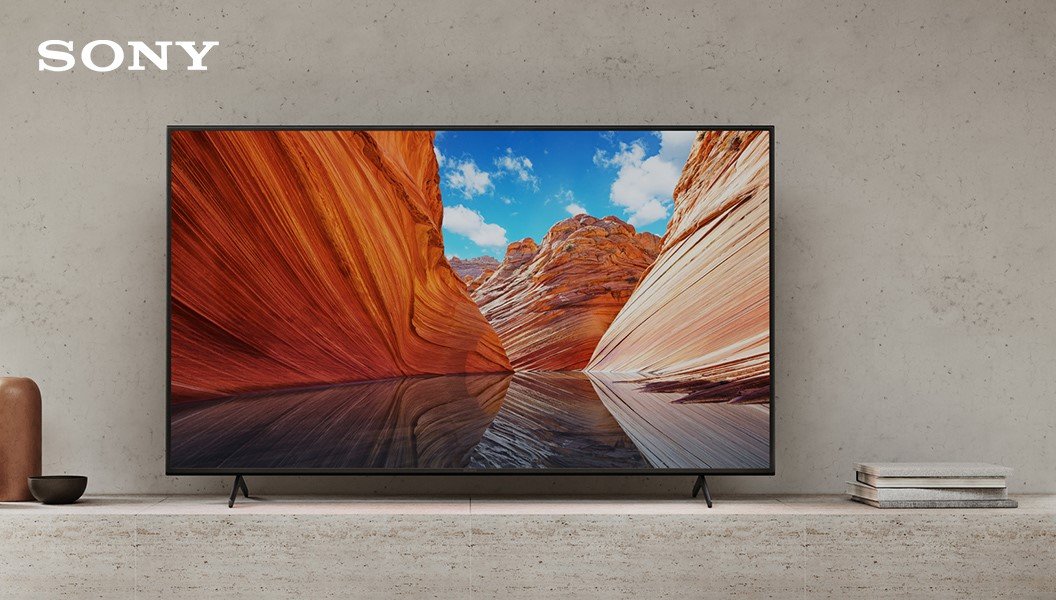

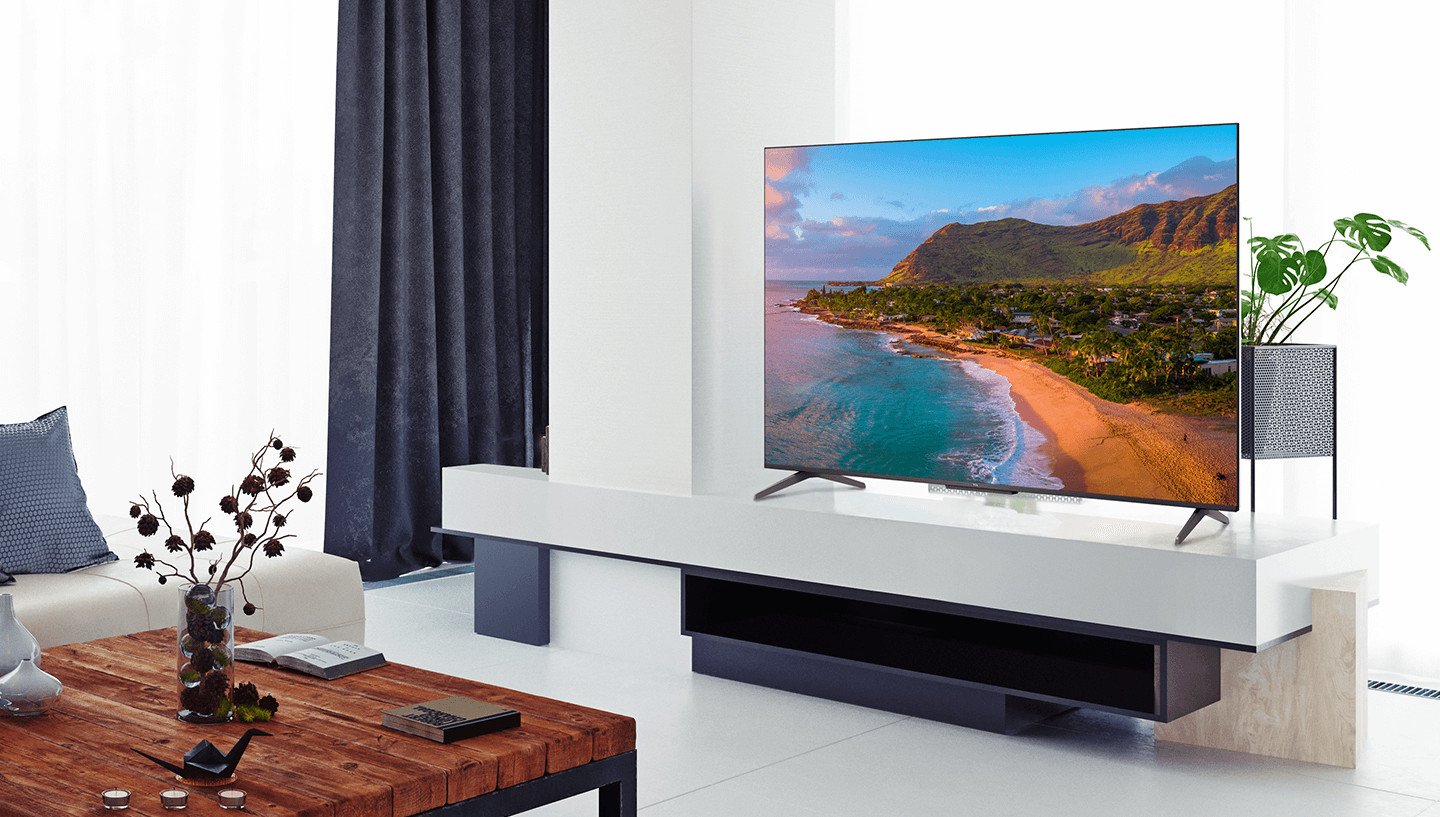

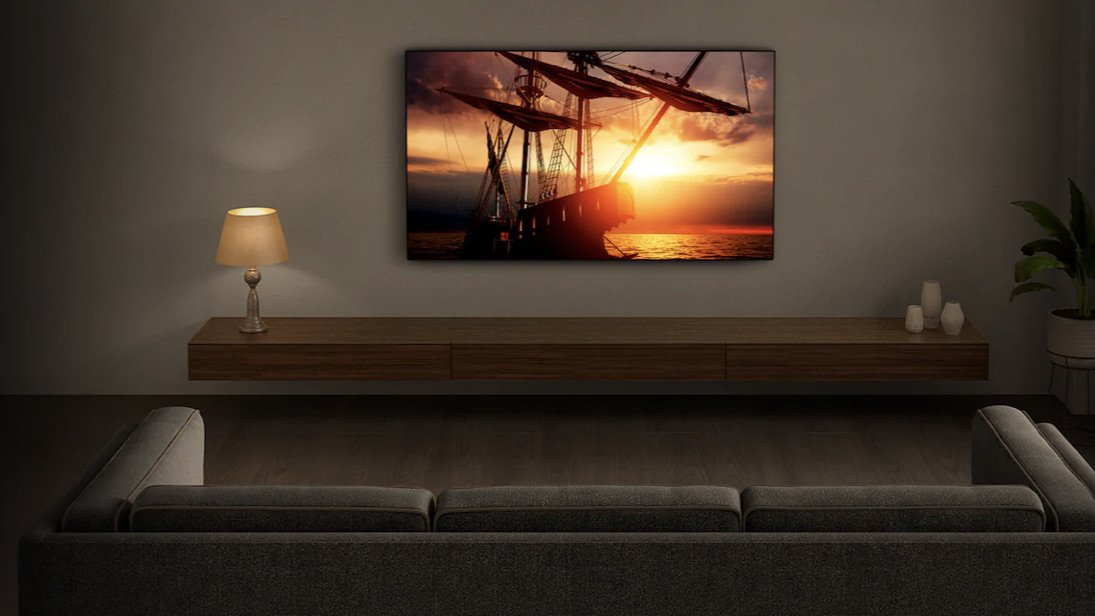
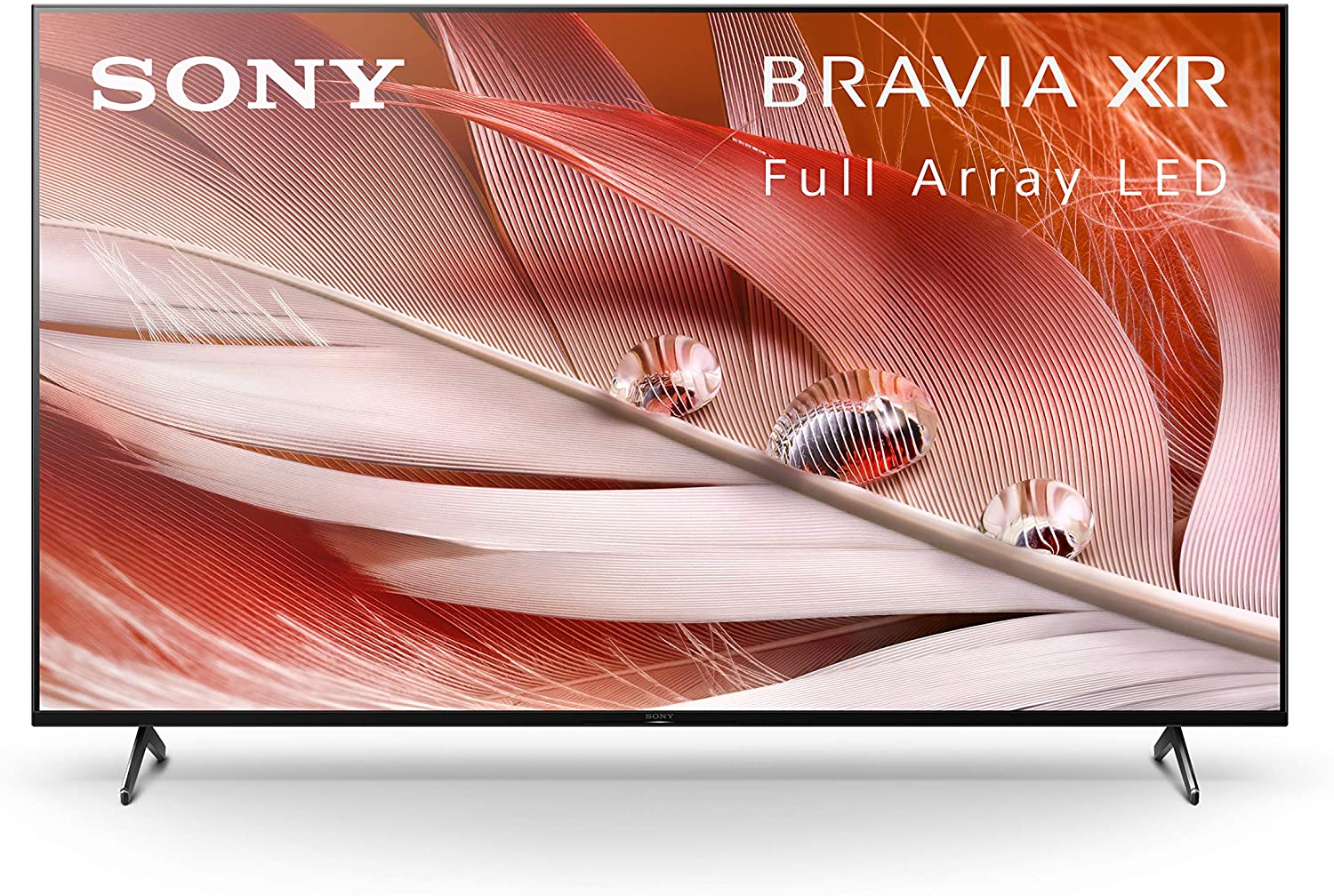
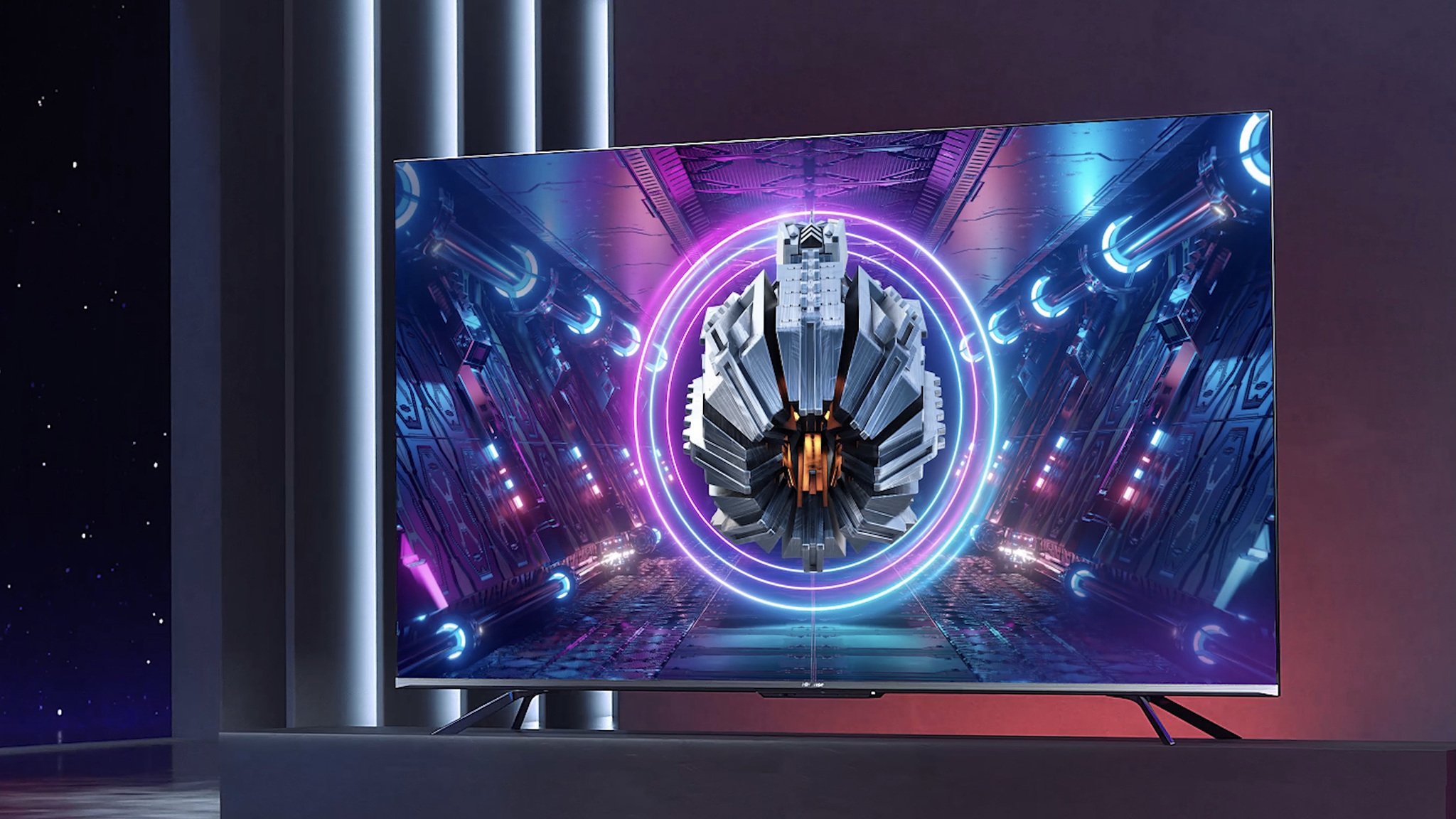

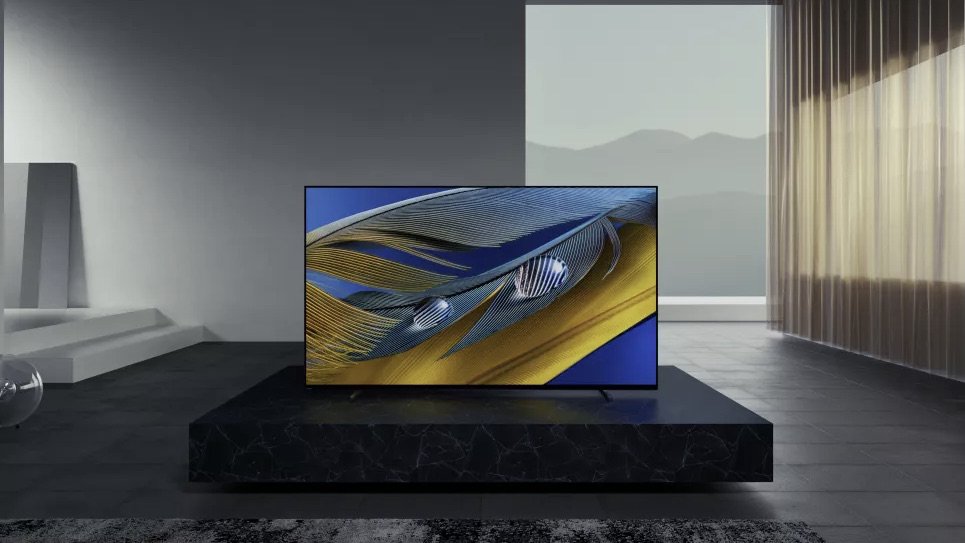

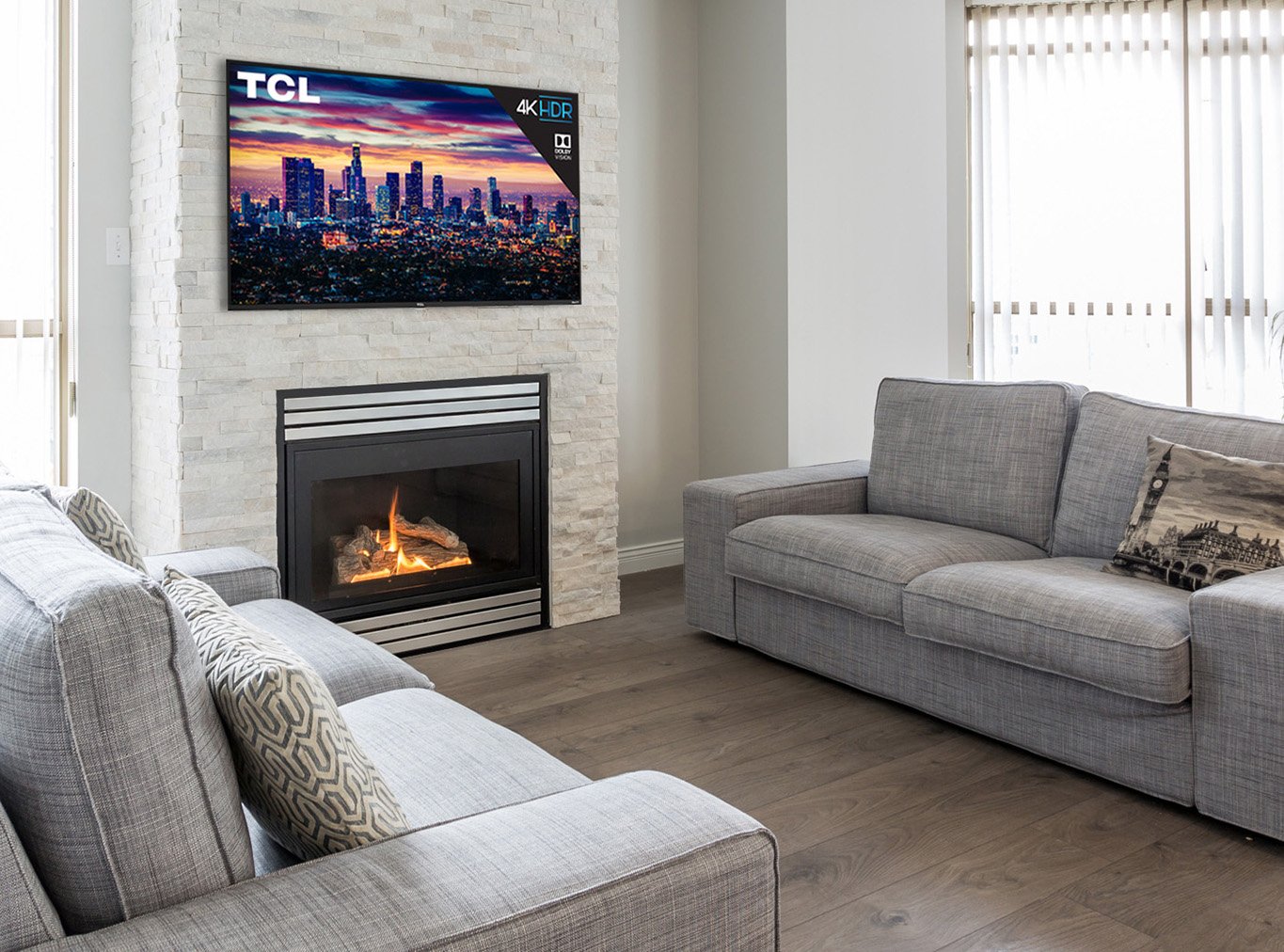
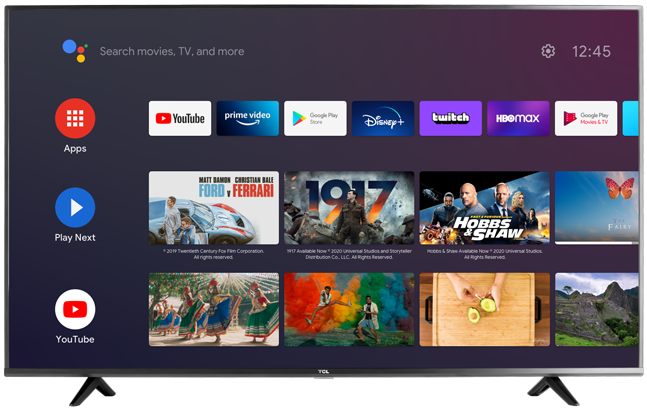
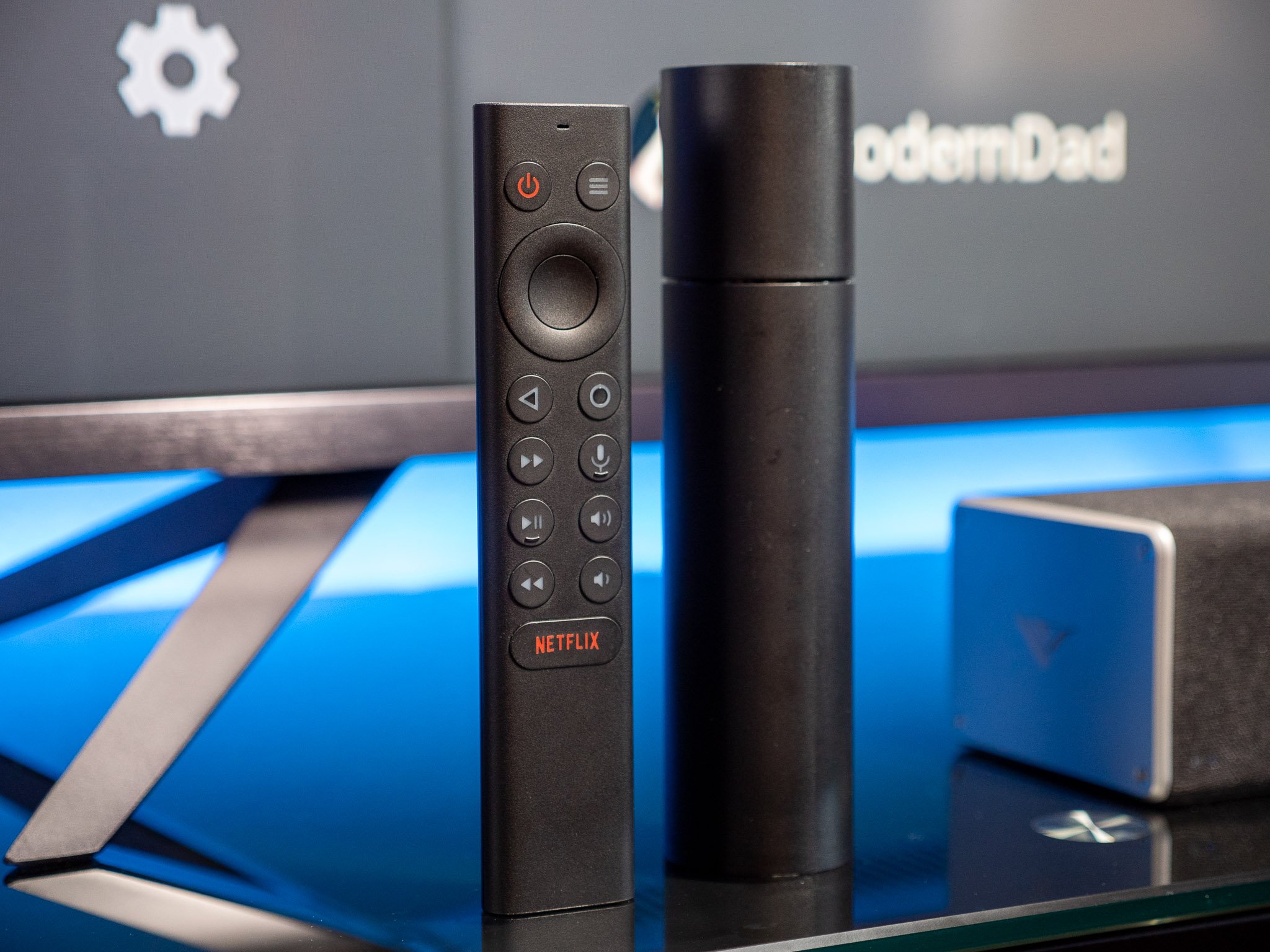


0 comments: